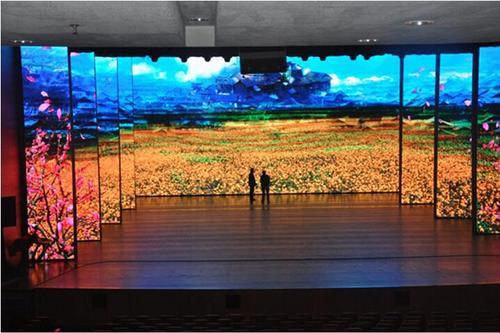Exploring the Longevity of Light Emitting Diode Wall Screens in Comparison to Traditional Screen Technologies
Exploring the Longevity of Light Emitting Diode Wall Screens in Comparison to Traditional Screen Technologies
Blog Article
Light-emitting diode panel screens have become progressively popular in current times, particularly in settings like schools, corporate spaces, and community spaces. These panels use LED lights (LEDs) to create vivid and vibrant visuals. One of the most significant advantages of LED technology is its longevity in contrast to conventional display methods, such as CRT ray tubes (CRTs) and LCD crystal screens. Understanding the differences in duration and performance between these options can help buyers make knowledgeable decisions about their display needs.
Classic display methods, like CRTs, have been around for numerous years. They were frequently used in TVs and computer monitors. However, CRTs have a shorter duration, typically lasting approximately 10,000 to 20,000 hrs of use. This means that after a couple of years, users may observe a decline in image quality, such as fading or color deformation. In comparison, LED wall screens can last considerably longer, frequently exceeding 50,000 hours. This prolonged lifespan means that consumers can enjoy reliable performance without the need for regular replacements.
Another important aspect to consider is energy conservation. LED wall screens utilize less power than conventional screens, which not only helps the environment but also lowers electricity expenses. For instance, while a CRT screen may use around 100 W of energy, an LED screen can use as few as 30 to 50 watts. This difference in energy consumption contributes to the overall durability of LED innovation, as lower power consumption generates minimal heat. Excessive thermal energy can damage electronic components, resulting to a reduced lifespan for conventional displays.
In addition to their extended duration and energy conservation, LED panel panels also provide superior image clarity. They offer brighter hues and better contrast, making them perfect for multiple applications, from marketing to educational presentations. The innovation behind LED screens enables for a broader sight angle, meaning that images stay clear and lively even when viewed from the flank. This is a significant benefit over traditional screens, which often experience from color distortion and diminished brightness at broader angles.
In conclusion, the durability of LED wall panels in contrast to traditional screen technologies is a key factor for buyers to take into account. With lifespans that can surpass 50,000 hours, power efficiency, and superior visual clarity, LED innovation offers many advantages. As technology continues to advance, LED panel panels are probably to turn even more prevalent in multiple environments. Grasping these distinctions can help people Visit This Link and entities make better decisions when investing in screen technology, guaranteeing they receive the optimal value for their requirements.